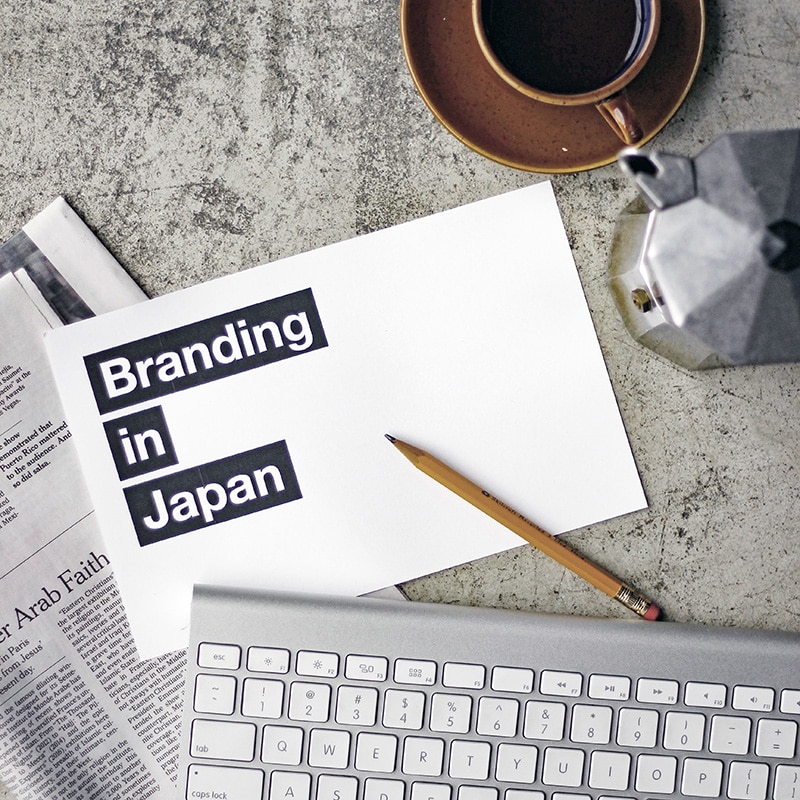
In a world that is evolving at such a rapid rate, branding has become essential to the success of a business. One needs to stand out in such a diverse and fast-changing market. Technology is allowing us to compete globally and reach more people than ever before. Having a system of managing those touchpoints is crucial. Most businesses are aware that they should have “a brand”, but when it comes down to it they’re not actually sure what that actually means. So what is branding anyway?”
Don’t feel bad! Many people don’t know how to answer that question. And depending where you are in the world, it may mean something different, so let’s get on the same page. Drawing from our years of experience of branding in several countries, I’d like to share with you…
-
Defining Design: Differences Across Borders
-
What is Branding?
-
3 tips on How to Brand Successfully.
1. Defining Design: Differences Across Borders
One of the first challenges we encountered when we began working with clients in various countries, was that branding wasn’t always properly understood. It took some reflection, but I finally realized that the underlying reason for this was that the definition of “design” varied from country to country.There are two main perceptions of design: design as a purely aesthetic product and design as a problem solving tool.
During my time at art school, both Iku and I were taught that design was a means of solving problems. So for us “designing” was data and relationship driven. It meant observing our clients closely, identifying any challenges and strengths and finding the best way to communicate effectively with the audience, determine their positioning in the market, etc. Then taking that data and determining a strategy that solves those problems and, finally, bringing them to life visually in an appealing way.
On the other hand, in Asia, I often felt that design was only viewed as the latter end of that process: creating something aesthetically pleasing. Once I understood this gap I could see why they did not value the branding process in the same way. This was especially noticeable in the rates that most general design firms in Asia charged. It came as a big surprise for those of us who worked in design offices in NY.
We had been involved in projects from all around the world, but we all operated under the same definition of “design”. We worked with large companies like Coca-cola, luxury hotels and resorts like The Four Seasons, international organizations such as the United Nations, to small privately run shops. Our clients were extremely varied but they all understood what was meant when we said we were a “Design Studio.” We provided business solutions through “branding” and “design”. It was the norm and compensated accordingly.
However, in Asia this was not the case. The role of a “design office” in Japan was just to make something look aesthetically pleasing. The deeper analysis and problem solving portion of the work seemed to be reserved for advertising agencies and brand consultants. Therefore a “design office” was only paid for the deliverables, instead of the full process, because design was only recognized in a narrow sense. Regardless of whether the designer was taking them through the full process or not. This is problematic for both the client and the designer!
Japan was due for a paradigm shift. So we wrote a book about it: “New York Design Strategies for Japanese Business: Winning in the Global Market”. Written in Japanese, it is a step-by-step guide for business leaders and entrepreneurs in Japan on how to solve problems creatively and how to take charge of their own brand identities. It breaks down the meaning and the mechanism of branding and tells why it is so important for all successful businesses.
Japan was ready for the new perspective and it became a no.1 best seller. And while overturning design views cultivated over decades was not our goal, we recognize how important it is to have a proper understanding of what “design” and “branding” is. Educating the younger generation on the full use of their creative and problem-solving skills felt vital to the health of our profession and to the thriving of the Japanese economy. I believe that those who take on this wider definition of design will have a rich future in Asia and across the globe.
To be continued… Part 2 will discuss the differences between logos, visual identities, corporate identities and branding. Part 3 will dive deeper into Branding and introduce the key points of what makes a brand a success.
[Photo and styling by Hitomi Watanabe Deluca]
